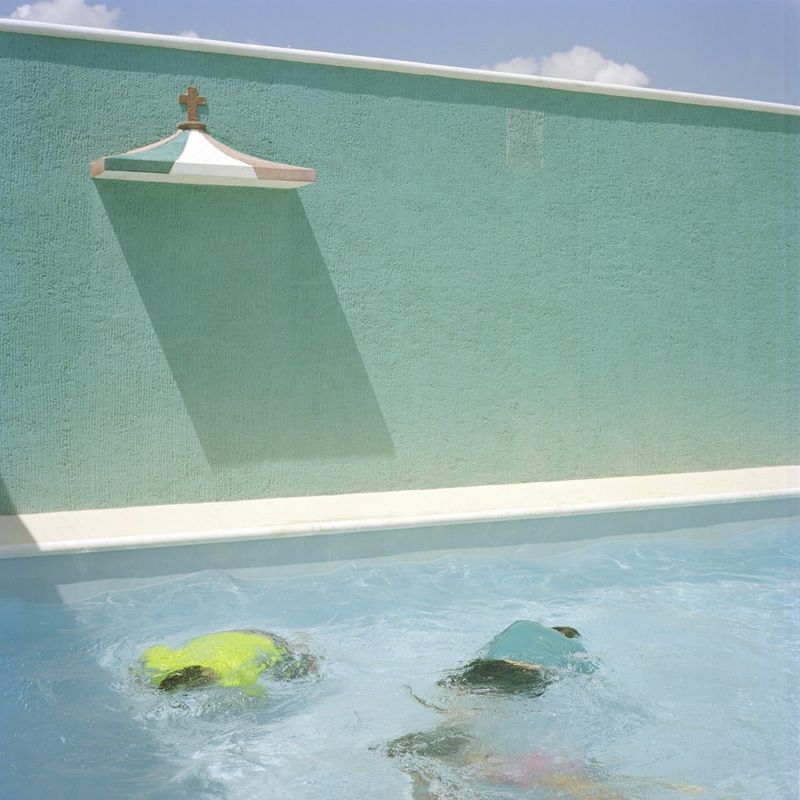Exploring the Heritage of Mexico's Korean-Mayan People
-
Published10 Aug 2017
-
Author
Through his abstract image of Korean-Mayan children playing in a pool, Michael Vince Kim tells a story of a people who relocated to Mexico in search of a brighter future.
Through his abstract image of Korean-Mayan children playing in a pool, Michael Vince Kim tells a story of a people who relocated to Mexico in search of a brighter future.
I took this picture at the 90th birthday party of Joaquín, a second generation Korean in Merida, Mexico. His father was one of the first Koreans to arrive in the Yucatán Peninsula in south-eastern Mexico on board the SS Ilford in 1905. He worked on the henequen (an agave) plantations as an indentured servant before marrying a local Yucatec Mayan woman. Around 1,000 Koreans arrived in Mexico at this time. They had left their homeland, which was falling into the clutches of the Japanese Empire, under the promise of a more prosperous future. But when they arrived in the Yucatán Peninsula they were sold off into servitude.
I had been invited to Joaquín's birthday party after meeting his family in Merida. It was a big family gathering. Family members from all over Mexico had travelled to Merida to attend the celebration. I saw that the children, the youngest generation of Korean-Mayans, were playing by the pool. Incidentally, Korean-Mayans do not identify themselves as fully Mexican but rather as Korean-Mayan, and more specifically as Korean-Yucatec.
The image is from my series, Aenikkaeng (Korean for ‘henequen’, an agave found mainly in the Yucatán Peninsula often used to make twine and rope). Throughout the project I was compelled to photograph around bodies of water. It was a natural thing to do as the Koreans who arrived in Mexico departed from the coastal city of Chemulpo (present-day Incheon in South Korea), which is coincidentally where my mother and her family are originally from.
The month-long journey across the Pacific Ocean, the arrival on Mexican shores, and the journey to Cuba were scenes I wanted to portray, but of course doing so literally would be either impossible or futile. Instead, I relied on metaphorical and poetic renditions of stories I was told by the descendants of Korean-Mayans. Hopefully having this photograph as the first image in the series sets the mood for the rest of the story.
The inclusion of the ornament with the colours of the Mexican flag and the cross adds significance to the scene as Catholicism played an important role in the Spanish colonisation of the Americas, and therefore on the hacienda owners who enslaved local indigenous peoples and tricked Koreans into years of indentured servitude.
I cannot say that I make conscious decisions regarding colour (or any other variable for that matter) in my work. It is instinctive and situational. Photographers, unlike painters, can only work with what is given to them at specific times and places. Sometimes the role of editing is just as important as choosing the colour palette that determines the mood of a project.
--------------
Michael Vince Kim is a Korean-Argentinian photographer. His work concentrates on issues of migration and identity with a focus on the Korean diaspora in post-Soviet states and Latin America.
Gemma Padley is a freelance writer and editor on photography, based in the UK.
--------------
Behind the Picture tells the story of an image by a photographer from the Photographic Museum of Humanity’s online community.

